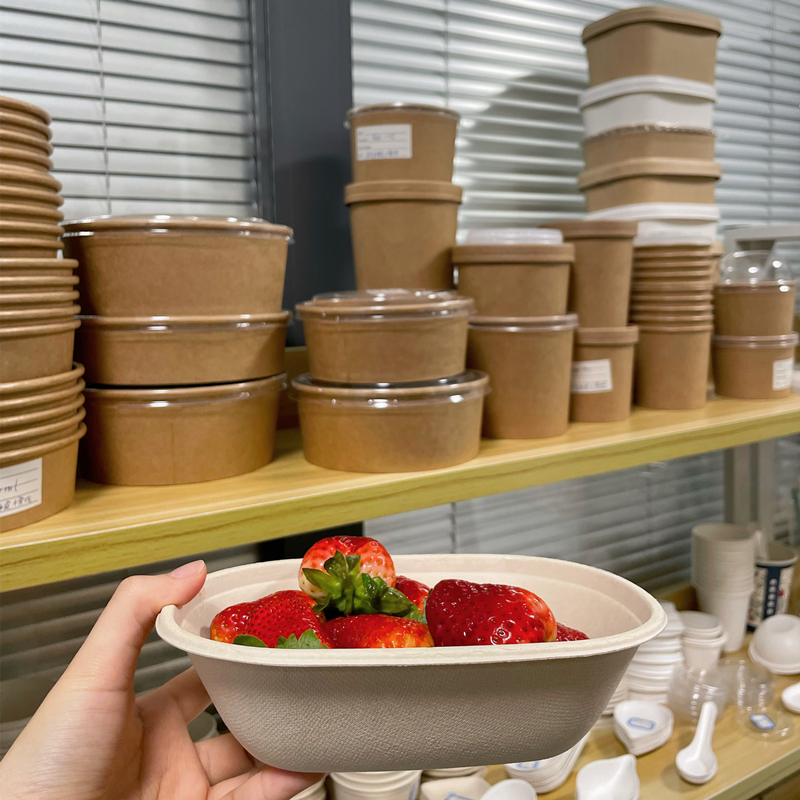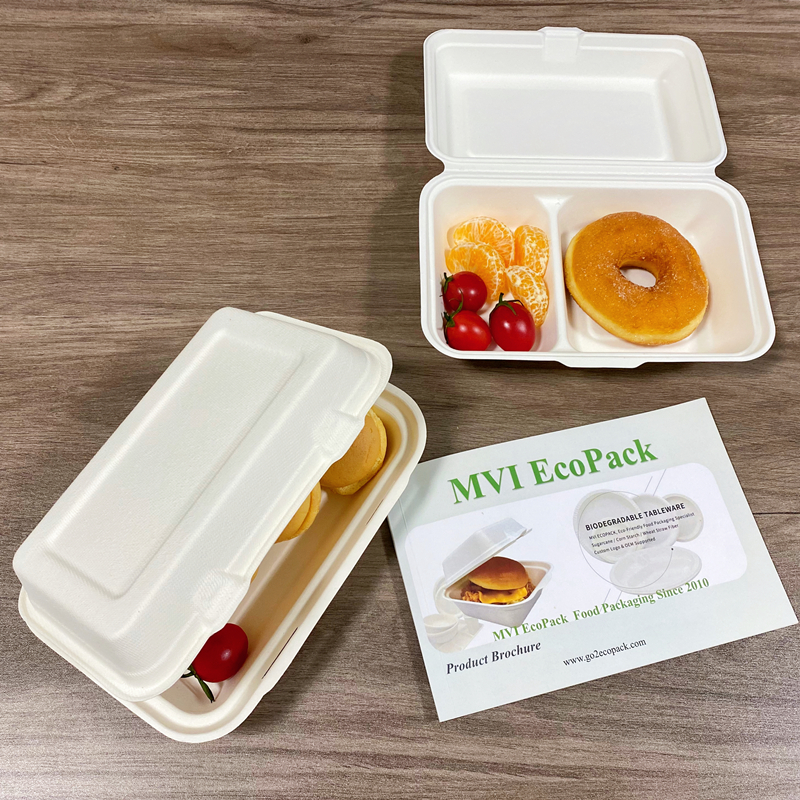In today's world, sustainable practices and the use of renewable resources have received a great deal of attention due to the growing concern for environmental protection. A key aspect of sustainable development is the production of goods and products from renewable resources.
This article will explore some popular products made from renewable resources in detail and discuss their advantages, challenges and future prospects. 1. Paper and cardboard products: Paper and cardboard products are the most common examples of products made from renewable resources. These materials are derived from wood pulp, which can be obtained sustainably by planting and harvesting trees in managed forests. By implementing responsible forestry practices, such as reforestation and using certified wood, the production of paper and board can be sustainable in the long term.
Some examples of such products include packing materials, notebooks, books and newspapers. advantage: RENEWABLE RESOURCE: Paper is made from trees and can be regrown for future harvest, making it a renewable resource. Biodegradable: Paper and paperboard products break down easily in the environment, reducing impact in landfills. Energy Efficiency: The manufacturing process of paper and cardboard uses less energy than other materials such as plastic or metal.
challenge: Deforestation: High demand for paper and paperboard products can lead to deforestation and habitat destruction if not managed properly. Waste management: Although paper products are biodegradable, their improper disposal or recycling can cause environmental concerns. Water consumption: The production of paper and board requires large amounts of water, which can lead to water stress in some regions. prospect: To address these challenges, various initiatives such as sustainable forestry practices and recycling schemes have been implemented.
Additionally, alternative fibers such as agricultural residues or fast-growing plants such as bamboo are being explored to reduce reliance on wood pulp in the papermaking process. These efforts aim to improve the sustainability of paper and board products and promote a circular economy. 2. Biofuels: Biofuels are another important product made from renewable resources. These fuels are derived from organic matter such as agricultural crops, agricultural waste or specialized energy crops.
The most common types of biofuels include ethanol and biodiesel, which are used as alternative fuels to replace or reduce dependence on fossil fuels. advantage: Renewable and lower carbon emissions: Biofuels can be produced sustainably by growing crops, making them a renewable energy source. They also have lower carbon emissions than fossil fuels, reducing their environmental impact. Energy security: By diversifying the energy mix with biofuels, countries can reduce their dependence on imported fossil fuels, thereby enhancing energy security.


Agricultural Opportunities: Biofuel production can create new economic opportunities, especially for farmers and rural communities involved in growing and processing biofuel feedstocks. challenge: Land-use competition: The cultivation of biofuel feedstocks may compete with food crops, potentially affecting food security and increasing pressure on agricultural land. Production emissions: The production of biofuels requires energy inputs which, if derived from fossil fuels, can result in emissions. Sustainability of biofuels depends on energy sources and overall life cycle assessment.
Infrastructure and distribution: Widespread adoption of biofuels requires the establishment of adequate infrastructure, such as storage facilities and distribution networks, to ensure availability and accessibility. prospect: Research and development efforts are focused on advancing second-generation biofuels that can utilize non-food biomass such as agricultural waste or algae. These advanced biofuels have the potential to significantly reduce competition for land use while increasing their sustainability and efficiency.
In addition, improving existing infrastructure and implementing supportive policies can accelerate the adoption of biofuels in transport and other sectors. three. Bioplastics: Bioplastics are a sustainable alternative to traditional petroleum-based plastics. These plastics are derived from renewable resources such as starch, cellulose or vegetable oils. Bioplastics are used in a variety of applications, including packaging materials, disposable tableware, and even the automotive industry. advantage: Renewable and Reduced Carbon Footprint: Bioplastics are made from renewable resources and have a lower carbon footprint than conventional plastics because they sequester carbon during production.
Biodegradability and compostability: Certain types of bioplastics are designed to be biodegradable or compostable, breaking down naturally and reducing waste buildup. Reduced dependence on fossil fuels: The production of bioplastics reduces dependence on fossil fuels and contributes to a more sustainable and circular economy. challenge: Limited scalability: Large-scale production of bioplastics remains challenging due to factors such as raw material availability, cost competitiveness, and scalability of manufacturing processes.
Recycling infrastructure: Bioplastics often require separate recycling facilities from conventional plastics, and a lack of such infrastructure may limit their recycling capacity. Misconceptions and confusion: Some bioplastics are not necessarily biodegradable and may require specific industrial composting conditions. This can create confusion and problems in proper waste management if not clearly communicated. prospect: The development of advanced bioplastics with improved mechanical properties and thermal stability is an ongoing research area.
Additionally, improvements in recycling infrastructure and standardization of labeling and certification systems can help address challenges associated with bioplastics. Education and awareness campaigns are also necessary to ensure proper waste management practices. in conclusion: The exploration of products from renewable resources has demonstrated several advantages and challenges.
Paper and board products, biofuels and bioplastics are just a few examples of how sustainable practices are being integrated into various industries. The future looks bright for these products as technological advancements, responsible sourcing and supporting policies continue to drive innovation and increase their sustainability. By embracing renewable resources and investing in sustainable alternatives, we can pave the way for a greener and resource-efficient future.
You Can Contact Us:Contact Us - MVI ECOPACK Co., Ltd.
E-mail:orders@mvi-ecopack.com
Phone:+86 0771-3182966
Post time: Jul-14-2023










